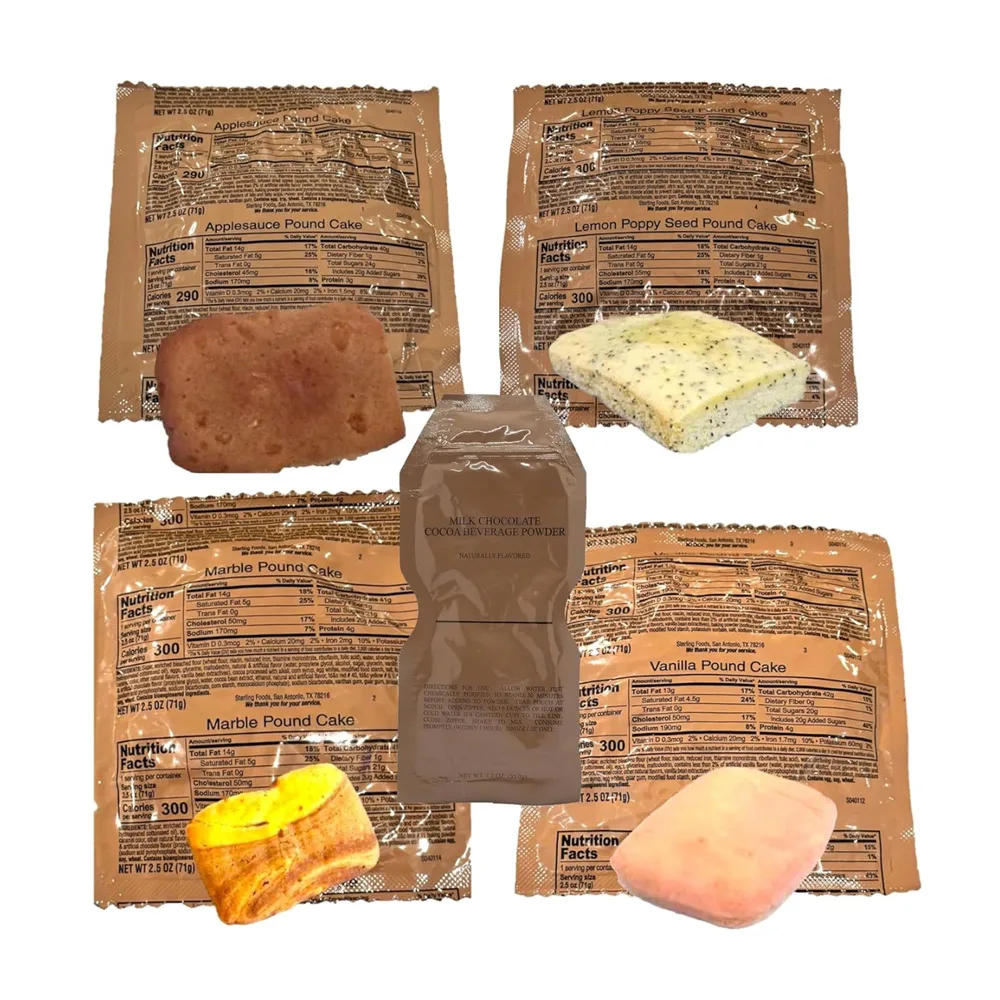Meals, Ready-to-Eat (MREs) are self-contained, individual field rations in lightweight packaging used by the military and great for emergency scenarios. They are designed to be easily transportable and provide a balanced diet for soldiers in the field. MREs are known for their durability and ability to withstand harsh conditions, making them suitable for a variety of environments.
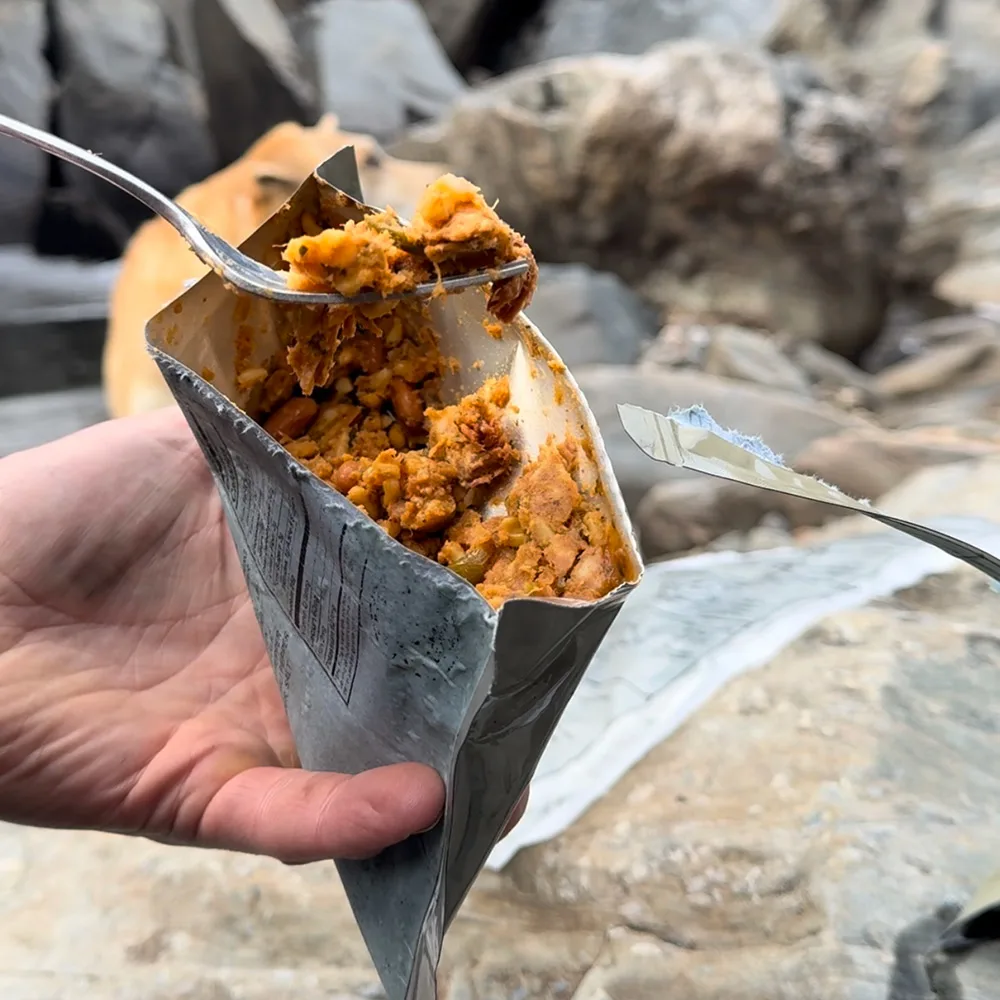
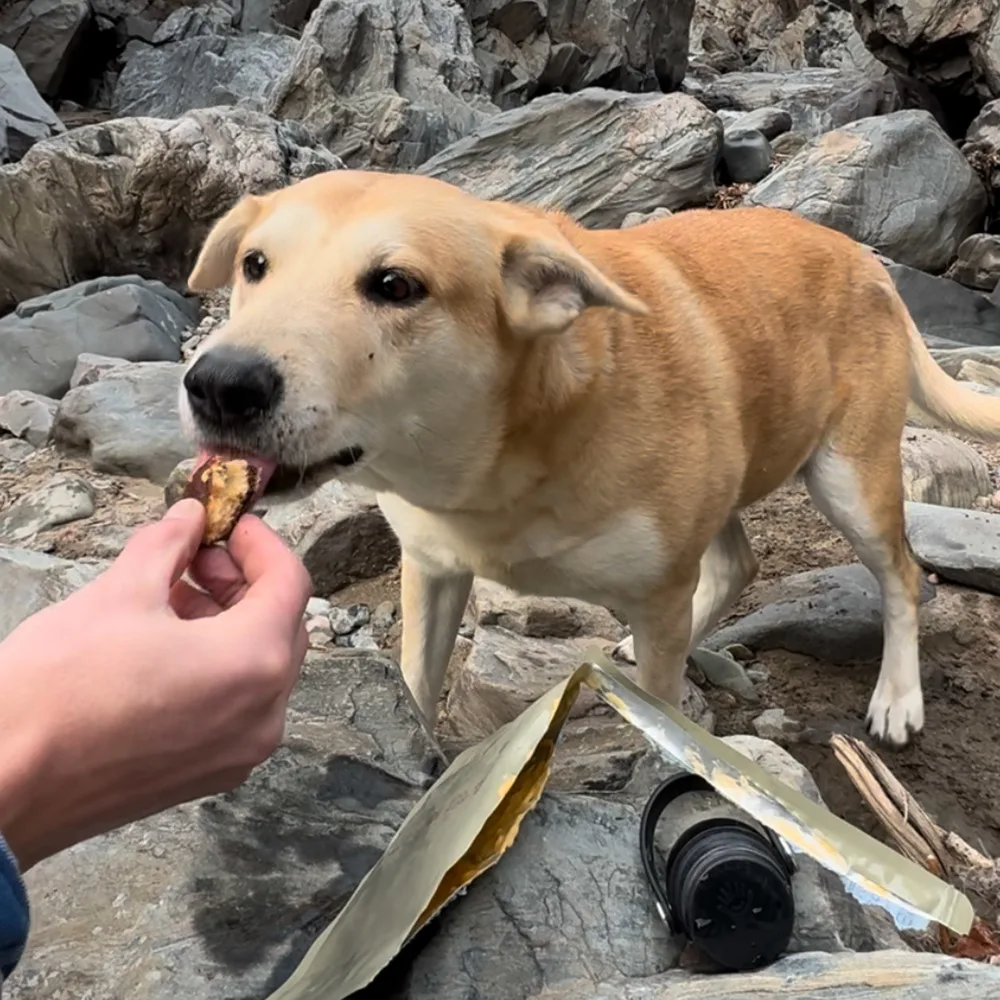
What’s Typically Found in MREs
- Main Course: This is typically a protein-rich dish like beef stew, chicken, pasta, or vegetarian options.
- Side Dish: Often includes rice, corn, fruit, or mashed potatoes.
- Bread or Cracker: Usually accompanied by a spread like peanut butter, jelly, or cheese spread.
- Dessert: Commonly a cookie, brownie, or other sweet items.
- Snacks: Nuts, dried fruits, or snack bars.
- Beverages: Powdered drink mixes that can be added to water, including coffee, tea, or sports drinks.
- Condiments and Accessories: Salt, pepper, sugar, creamer, and sometimes hot sauce. Utensils and napkins are also included.
- Flameless Ration Heater (FRH): A key component for heating the meal.
Heating Up MREs
MREs can be eaten cold if necessary, but they usually come with a Flameless Ration Heater (FRH) for heating:
- Activation of FRH: The FRH is a bag that contains a magnesium-based, water-activated chemical heater. To activate it, a small amount of water is added to the bag, which then chemically reacts with the magnesium, producing heat.
- Heating the Food: The main meal pouch is placed into the FRH bag. The chemical reaction generates enough heat to warm the meal thoroughly in about 10 to 15 minutes.
- Safety Precautions: It’s important to use the FRH in a well-ventilated area and to be careful when handling it, as it can get quite hot.
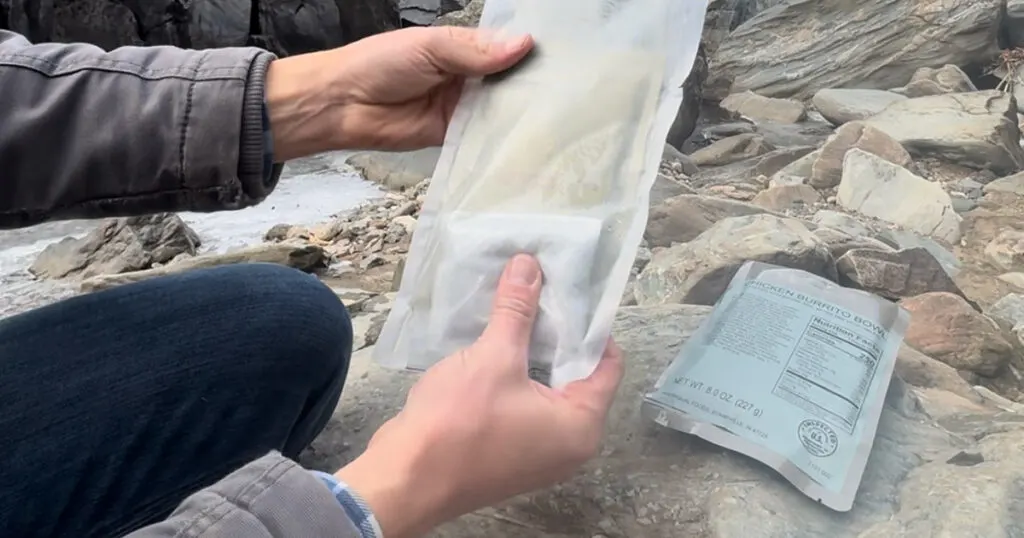
Nutritional Content and Shelf Life
- Calories: MREs are calorie-dense, typically containing about 1,200 to 1,300 calories per meal to meet the high energy demands of active military personnel.
- Nutrition: They are designed to provide a balanced marcronutrient profile with carbohydrates, protein, fat, vitamins, and minerals.
- Shelf Life: MREs have a long shelf life, usually around 3 to 5 years, but this can vary based on storage conditions.
MRE Shelf Life by Storage Temperature
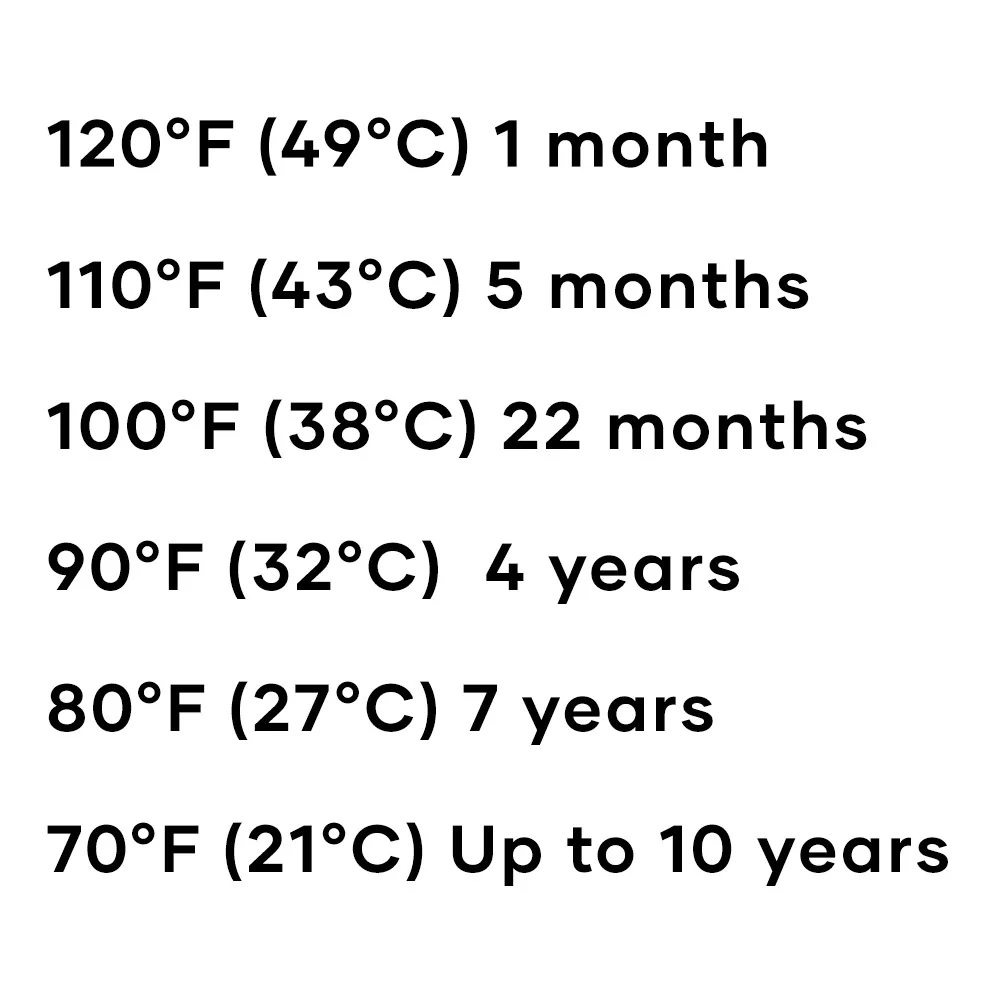
- 120°F (49°C):
- Lifespan: Approximately 1 month.
- Context: Such high temperatures can rapidly degrade the quality of MREs, affecting taste, texture, and nutritional content.
- 110°F (43°C):
- Lifespan: About 5 months.
- Context: Still quite warm, this temperature significantly shortens the MRE’s lifespan.
- 100°F (38°C):
- Lifespan: Around 22 months.
- Context: This is closer to conditions in hot climates or non-climate-controlled storage areas.
- 90°F (32°C):
- Lifespan: Approximately 55 months (about 4.5 years).
- Context: This is a common maximum storage temperature recommended for maintaining reasonable shelf life.
- 80°F (27°C):
- Lifespan: 7 years or more.
- Context: This is often considered an ideal storage temperature for maximizing shelf life while being practical for many storage environments.
- 70°F (21°C) and Below:
- Lifespan: Up to 10 years or more.
- Context: These are optimal conditions that can significantly extend the shelf life of MREs, though such controlled conditions may not always be practical.
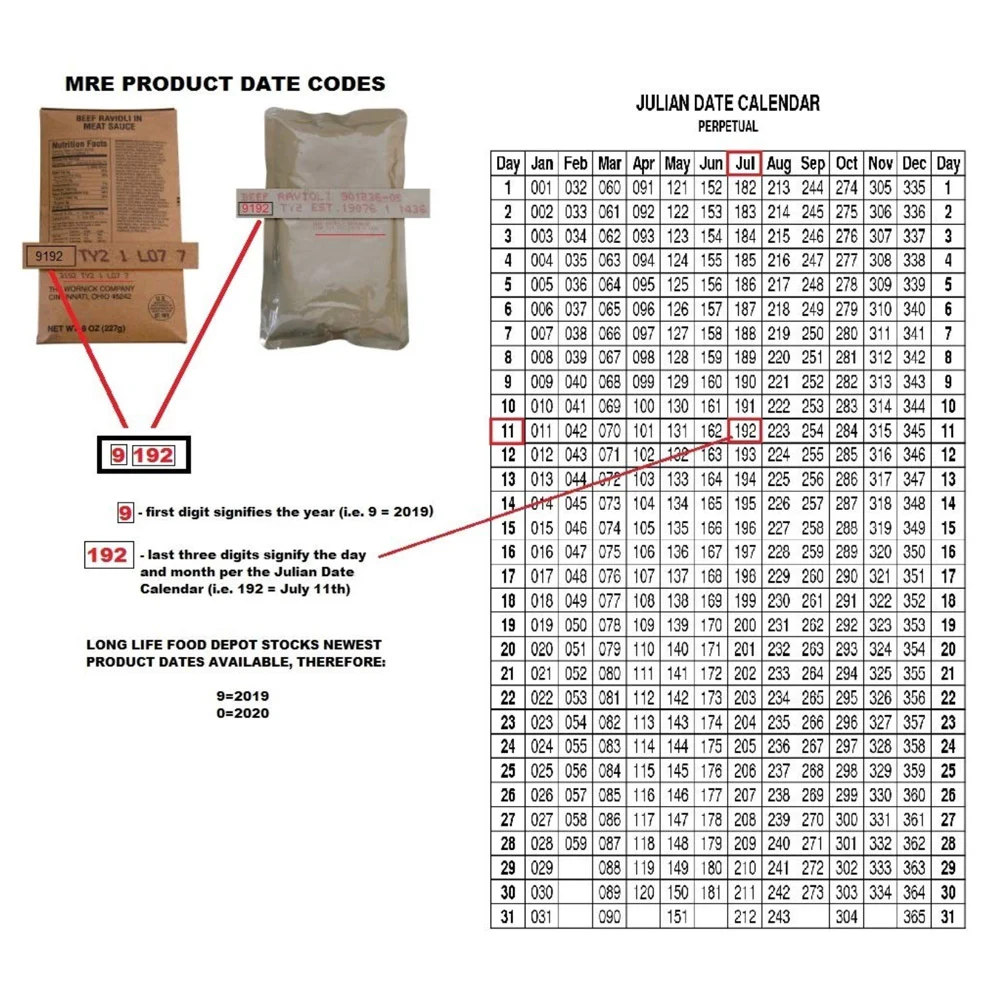
Additional Considerations
- Quality vs. Safety: While the taste and nutritional value of MREs may decline over time, they can remain safe to eat beyond these periods if the packaging is intact and they have been stored properly.
- Visual Inspection: Before consuming an MRE that has been stored for a long period, it’s wise to inspect the packaging for any signs of damage or spoilage.
- Manufacturer Guidelines: Always refer to the manufacturer’s guidelines for the most accurate shelf life information, as formulations and packaging technology can vary.
Variations and Customizations
- Special Diets: There are vegetarian, kosher, and halal options to cater to different dietary requirements.
- International Variants: Many countries have their own versions of MREs, tailored to their military’s dietary preferences and nutritional guidelines.
MREs are a remarkable example of food technology designed to meet specific, challenging requirements. They provide a practical solution for feeding soldiers in the field, where traditional food service facilities are not available.


